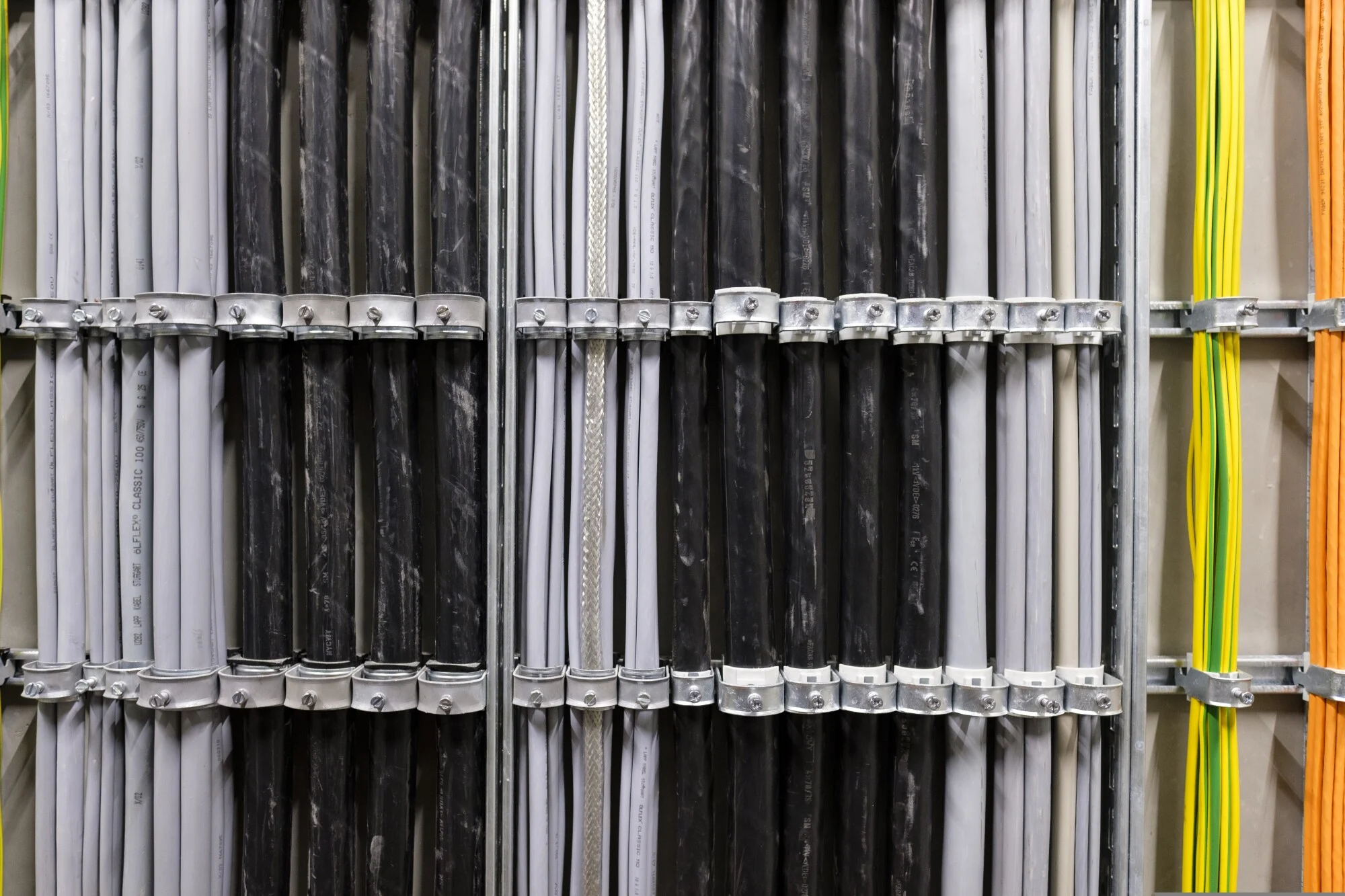Cat 6 cables can only support 10 GB network speeds when the cables are 33 to 35 meters long. Did you not know that? If so, you may need some help with planning your structured cabling installation.
This article can help you with that. Read on to learn more about what you need to do before setting up a structured cabling installation.
What Is Structured Cabling?
Structured cabling is an organized system of telecommunication cabling infrastructure. To make one, installers will first put racks of patch panels together. They will then organize and start plugging in trunks (aka network cables).
Usually, installers will connect hardware ports to patch panels on the tops of racks. They will then connect the hardware patch panel to other patch panels with more trunks. If this goes well, hardware pieces should be capable of data and voice transmission between each other.
Benefits of Structured Cabling
A lot of the time, cable installers will use a “point-to-point” communication system. With this method, installers will directly link pieces of hardware together. Such a system works when only a few connections are necessary.
However, if a building’s data cabling system expands, the point-to-point method will show its downsides. This method is not as reliable and flexible as the structured cabling method. The benefits of the structured cabling method include the following:
- Accommodates any cable system changes
- Makes the system usable for many years
- Gives a predictable and reliable performance
- Maximizes the availability of the system
- Prevents system redundancy
Before a Structured Cabling Installation
Still, structured cable networks are not guaranteed to be perfect. A lot of planning needs to go into organizing this type of network. With the right steps, it will operate most effectively.
Below are some factors structured cabling planners must consider.
Label Your Cables
Which cable goes to which piece of hardware? Having an easy way to identify this can save you a lot of troubleshooting time. In addition, having labeled and/or color-coded cables can help you quickly reorganize your cable system when you need to move it.
For these reasons, consider getting color-coded cables or labeling your cables. You should also plan the organization systems with any workers in the building and keep a list of the meanings of colors and labels somewhere. This way, no one will get confused.
Use the Same Cables Throughout
In the past, cable networks had different cables for data and voice transmission. Installers set things up this way because cables can’t handle both phone and data information at once.
This isn’t the case today. Many of the phone services that people commonly use today are better suited for data cables. So there’s no need to have separate phone and data cables.
Keep Cables Away From Interference
Electrical and data cables both generate magnetic fields. These can interfere with the signals of either type of cable. Because of this, you must keep data and electrical cables apart.
The same issue can occur when data cables are near lighting, motors, or anything else that generates magnetic fields. Plan the locations of your data cables so that they’re far away from these devices.
Government Regulations
Certain governments have regulations in place for cabling systems. The types of systems they allow usually depend on the way their municipal power systems are set up. You need to know if your local government has regulations like these and what they are.
Try finding their information online or through other sources. You can also reach out to whatever local governing body oversees cabling regulations. Workers there should tell you what you need to know should you ask them.
Moves, Adds, and Changes
How likely is it that your cable network will need to move? If the network must move, will it move well? These are the kinds of questions you must ask.
Good structured cabling is flexible and scalable. No one should have trouble moving trunks, hardware, and patch panels around. Facilitating such changes depends on predicting future moves.
Think about any cable network changes that could happen in the future. Plan to structure your network to best accommodate these changes.
Indoor or Outdoor Cables
Decide beforehand if your cables will sit outdoors or indoors. Cables placed in either location have specific needs.
For example, you need to install outdoor networks in specific ways. The cables need to be weatherproof so they don’t fail in the rain. You may also have to drill a hole in the wall of your building to pull cables through.
Indoor cable networks have to be organized in specific ways. They have to look attractive enough to not ruin the look of a building. They also shouldn’t interfere with how people move from place to place.
In addition, you need to consider if you may move your network inside or outside in the future. Taking the necessary precautions now can save time later.
Bandwidth Needs
How much data will your cable network need to process daily? The higher the amount of data, the more bandwidth you’ll need.
The term “bandwidth” refers to the range of frequencies cables use to transfer information. Certain cables have broader bandwidth than others. The broader a cable’s bandwidth, the more data it can carry.
Figure out how much bandwidth your current network transmits each day. Certain network testing tools can help you figure this out. Once you know your bandwidth needs, you must choose cables that can handle the bandwidth.
For example, the bandwidth of Cat 5e ethernet cables is only 100MHz. Cat 6 ethernet cables, on the other handle, can handle frequencies of 250 to 500 MHz.
Try Our Cabling Services
As long as you follow these steps, your cable network should operate smoothly. Data will flow well and you should be able to move your cables around without any issues.
If you need help with structured cabling installation in Middle Tennessee, hire our services. We’re the leading provider of commercial and residential systems in the area. Get a free price quote by filling out the form on this page.






